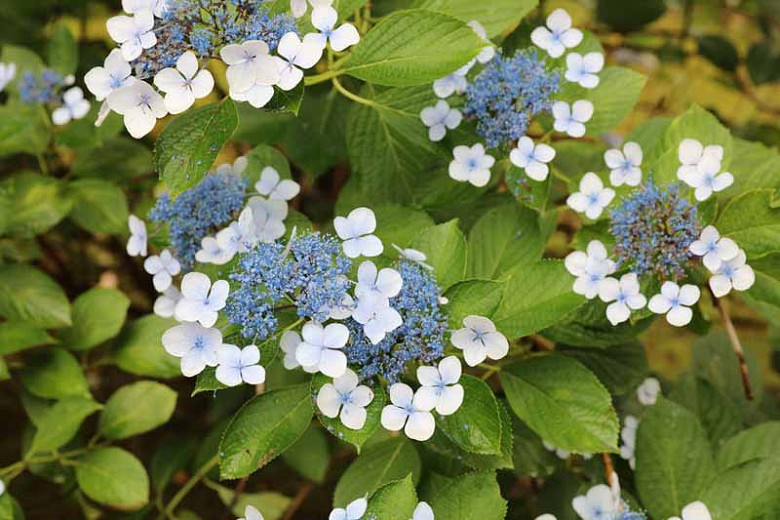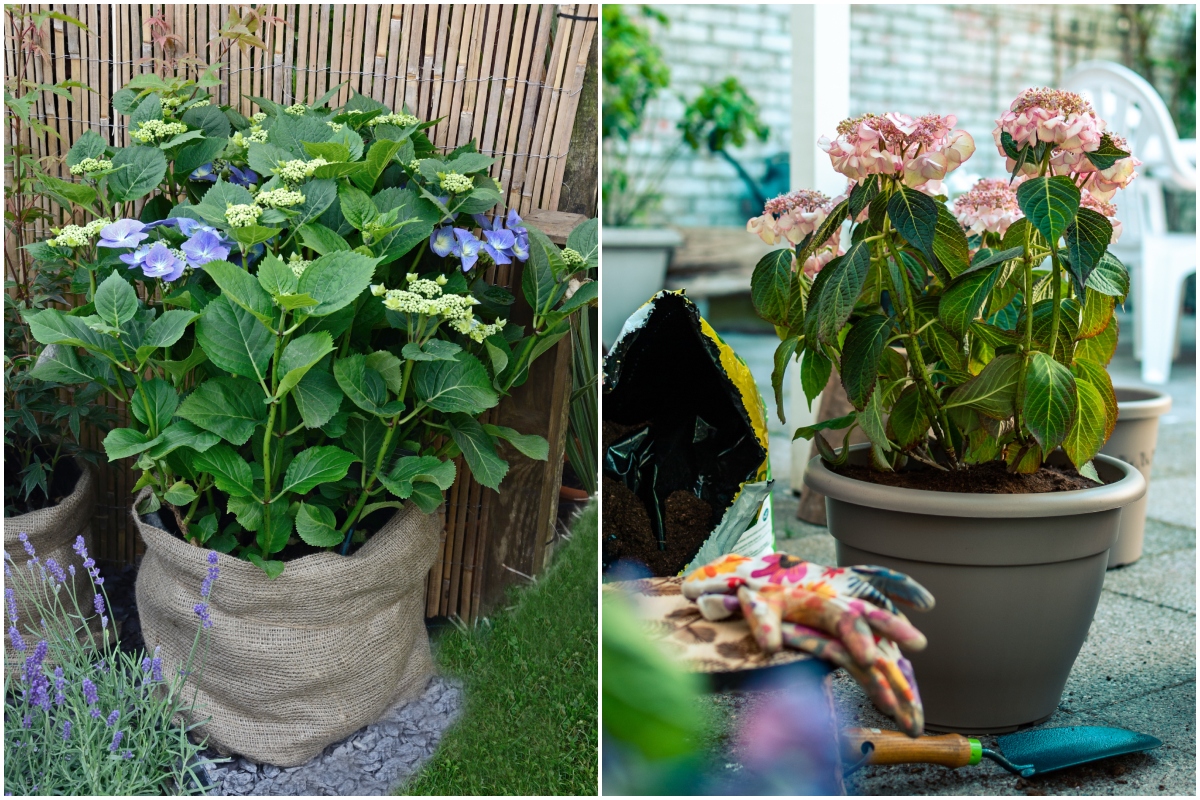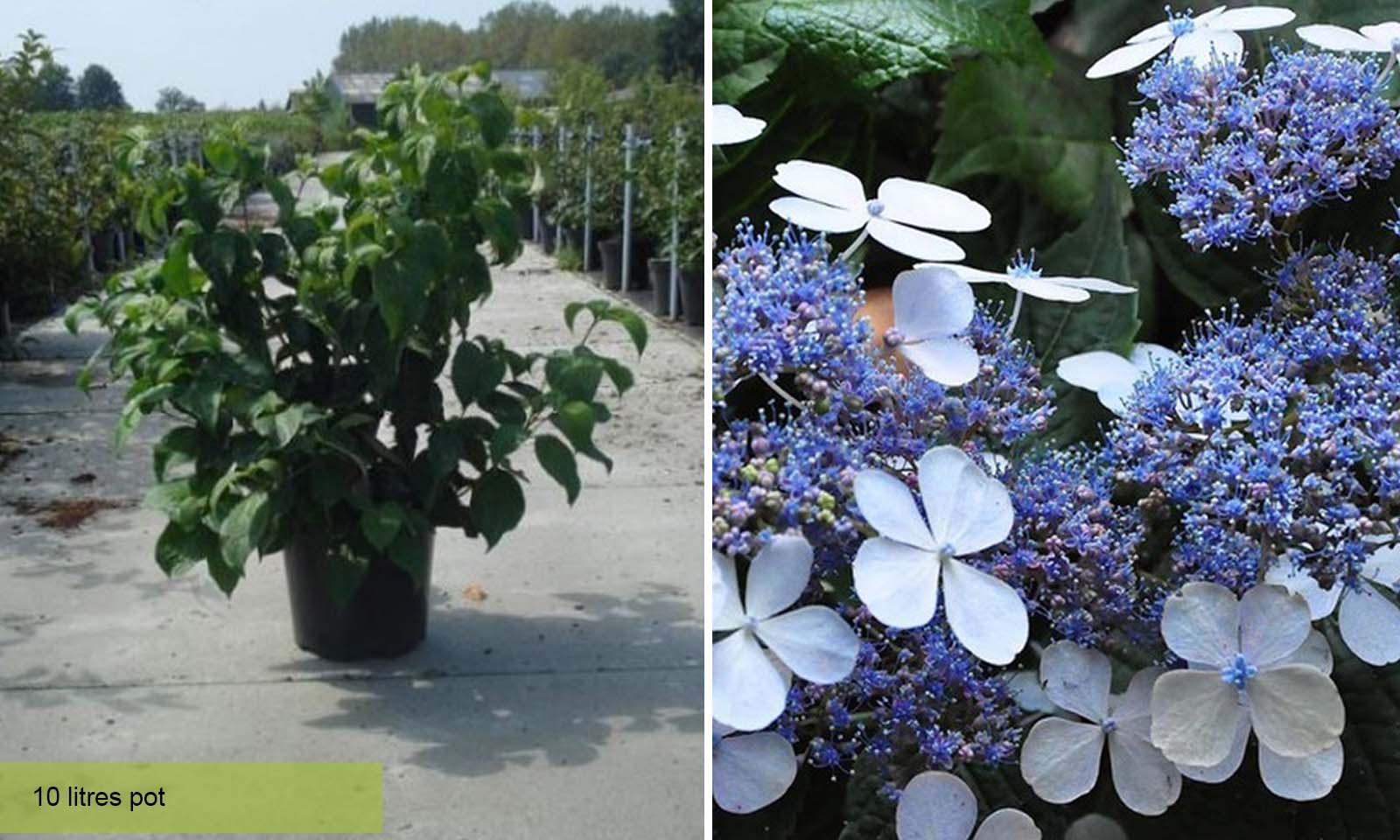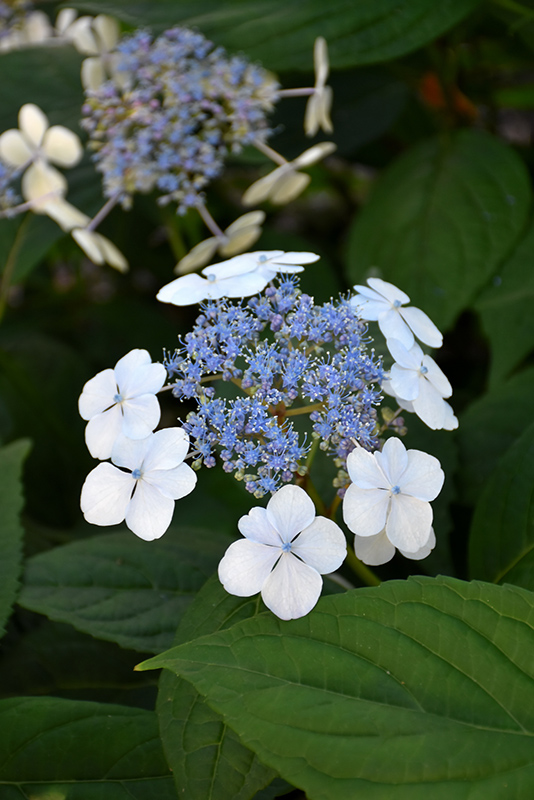Hydrangea Serrata Bluebird: The Eyecatching Shrub That Will Bloom Your Garden
Hydrangea Serrata Bluebird is a beautiful and eye-catching shrub that is sure to add a touch of elegance to any garden. This deciduous shrub is known for its delicate lacecap flowers, which can range in color from pale pink to light blue, depending on the soil pH. Hydrangea Serrata Bluebird grows to be about 3-4 feet tall and wide, and it blooms from early summer to early fall.
Features and Benefits
- Delicate lacecap flowers
- Blooms from early summer to early fall
- Compact size (3-4 feet tall and wide)
- Drought tolerant
- Pest and disease resistant
- Adaptable to a variety of soil types
- Easy to care for
Growing Conditions
Hydrangea Serrata Bluebird is a relatively easy plant to grow. It prefers full sun or partial shade, and it needs well-drained soil. The plant is drought tolerant, but it will benefit from regular watering during the summer months. Hydrangea Serrata Bluebird is also relatively pest and disease resistant.
Planting Hydrangea Serrata Bluebird
The best time to plant Hydrangea Serrata Bluebird is in the spring or fall. When planting, choose a location that receives full sun or partial shade. The soil should be well-drained. Dig a hole that is twice the width of the plant's root ball. Add a layer of compost or manure to the bottom of the hole. Place the plant in the hole and backfill with soil. Water the plant thoroughly.
Caring for Hydrangea Serrata Bluebird
Hydrangea Serrata Bluebird is a relatively low-maintenance plant. The most important thing to do is to water it regularly, especially during the summer months. You may also want to fertilize the plant once a year in the spring. To do this, use a balanced fertilizer that is specifically designed for hydrangeas.
Pruning Hydrangea Serrata Bluebird
Hydrangea Serrata Bluebird does not require a lot of pruning. However, you may want to deadhead the spent flowers in the fall. This will encourage new growth and more flowers the following year. You can also prune the plant in the spring to shape it or to remove any dead or damaged branches.
Attracting Wildlife
Hydrangea Serrata Bluebird is a beautiful plant that is sure to attract wildlife to your garden. The flowers are a favorite food of butterflies and hummingbirds. The plant also provides shelter for birds and other small animals.
Conclusion
Hydrangea Serrata Bluebird is a beautiful and easy-to-care-for shrub that is sure to add a touch of elegance to any garden. If you are looking for a plant that is both attractive and low-maintenance, then Hydrangea Serrata Bluebird is a great choice.
Hydrangea serrata 'Bluebird' is a beautiful deciduous shrub that is known for its delicate lacecap flowers. The flowers are typically blue, but can also be pink or mauve depending on the soil pH. Hydrangea serrata 'Bluebird' is a relatively compact shrub, growing to about 4 feet tall and wide. It is easy to care for and can be grown in full sun or partial shade.
If you are interested in learning more about Hydrangea serrata 'Bluebird', I recommend visiting . This website has a wealth of information about the plant, including its care requirements, propagation methods, and pest and disease resistance. You can also find photos and videos of the plant in bloom.
FAQ of hydrangea serrata bluebird
- What is Hydrangea serrata Bluebird?
- Hydrangea serrata Bluebird is a deciduous shrub that is native to Japan. It grows to be about 4-6 feet tall and wide, and has dark green leaves that turn red in the fall. The flowers are blue in the spring and summer, and fade to pink in the fall.
- What are the best conditions for growing Hydrangea serrata Bluebird?
- Hydrangea serrata Bluebird prefers full sun to partial shade, and moist, well-drained soil. It is hardy in USDA zones 4-9.
- How do I care for Hydrangea serrata Bluebird?
- Water Hydrangea serrata Bluebird regularly, especially during the first year after planting. Fertilize it in the spring with a balanced fertilizer. Prune it in the spring, after the flowers have faded.
- What are some common problems with Hydrangea serrata Bluebird?
- The most common problem with Hydrangea serrata Bluebird is powdery mildew. This can be treated with a fungicide. Other problems include aphids, scale, and leaf spot.
- How do I propagate Hydrangea serrata Bluebird?
- Hydrangea serrata Bluebird can be propagated by cuttings or by division. To propagate by cuttings, take 4-6 inch cuttings in the spring or summer. Root them in a mixture of peat moss and perlite. To propagate by division, dig up a mature plant in the spring or fall and divide it into several smaller plants.
Image of hydrangea serrata bluebird
5 different images of "hydrangea serrata bluebird" from Pinterest:

 This image shows a hydrangea serrata Bluebird in full bloom. The flowers are a beautiful blue color and are arranged in large clusters. The plant is surrounded by lush green leaves.
This image shows a hydrangea serrata Bluebird in full bloom. The flowers are a beautiful blue color and are arranged in large clusters. The plant is surrounded by lush green leaves.

 This image shows a hydrangea serrata Bluebird in a garden. The plant is surrounded by other flowers and plants. The flowers are a beautiful blue color and are arranged in large clusters. The plant is healthy and well-maintained.
This image shows a hydrangea serrata Bluebird in a garden. The plant is surrounded by other flowers and plants. The flowers are a beautiful blue color and are arranged in large clusters. The plant is healthy and well-maintained.
 This image shows a close-up of the flowers of a hydrangea serrata Bluebird. The flowers are a beautiful blue color and are arranged in a spiral pattern. The individual flowers are small but very delicate.
This image shows a close-up of the flowers of a hydrangea serrata Bluebird. The flowers are a beautiful blue color and are arranged in a spiral pattern. The individual flowers are small but very delicate.
 This image shows a hydrangea serrata Bluebird in a vase. The flowers are a beautiful blue color and are arranged in a large cluster. The vase is placed on a table in front of a window. The sunlight is shining through the window and onto the flowers, making them glow.
This image shows a hydrangea serrata Bluebird in a vase. The flowers are a beautiful blue color and are arranged in a large cluster. The vase is placed on a table in front of a window. The sunlight is shining through the window and onto the flowers, making them glow.

 This image shows a hydrangea serrata Bluebird in a forest. The plant is surrounded by trees and other plants. The flowers are a beautiful blue color and are arranged in large clusters. The plant is thriving in the forest environment.
This image shows a hydrangea serrata Bluebird in a forest. The plant is surrounded by trees and other plants. The flowers are a beautiful blue color and are arranged in large clusters. The plant is thriving in the forest environment.


Post a Comment for "Hydrangea Serrata Bluebird: The Eyecatching Shrub That Will Bloom Your Garden"